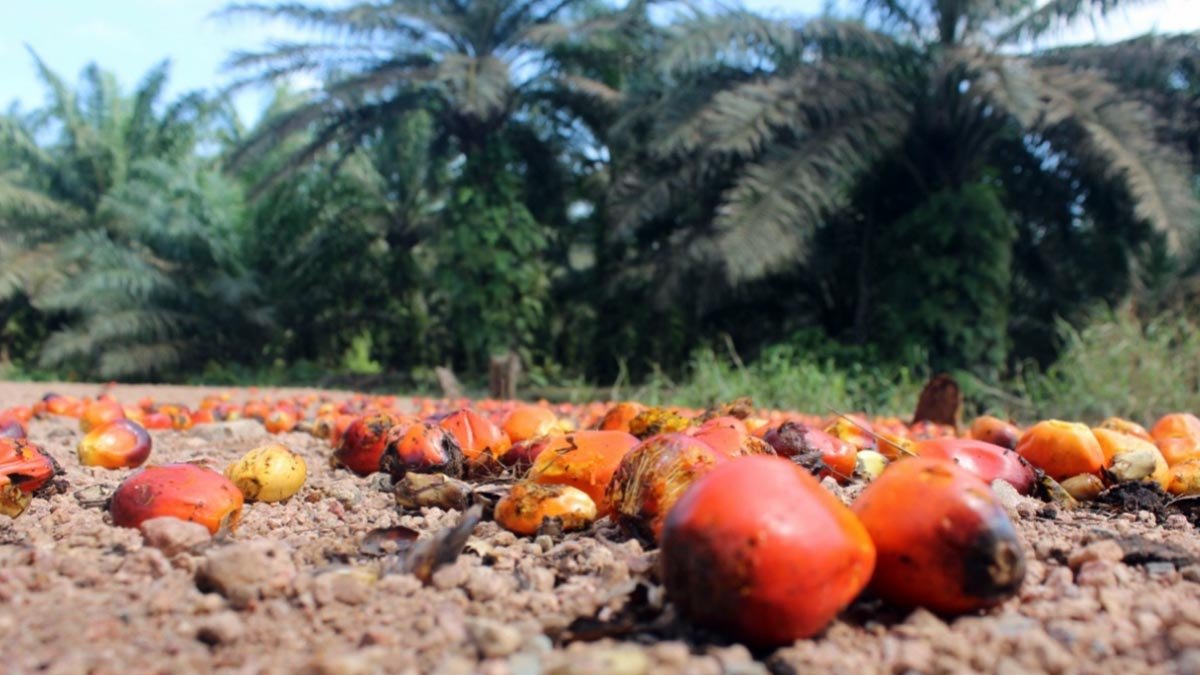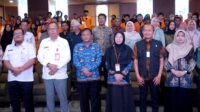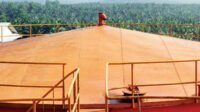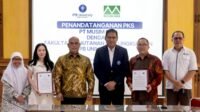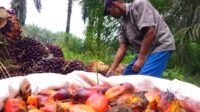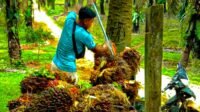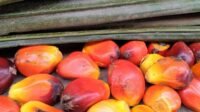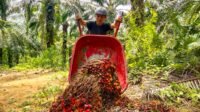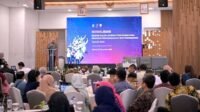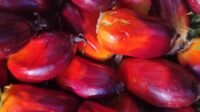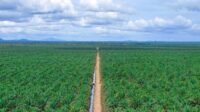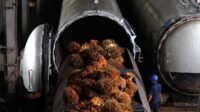PALMOILMAGAZINE, KUALA LUMPUR — Many smallholder palm oil farmers remain puzzled as their harvests show little improvement even after applying fertilizer year after year. While the trees grow tall, the fruit bunches often remain small and poorly filled. Yellowing leaves with dry tips are another sign that something is amiss with soil fertility.
Research has shown that the root cause lies in nutrient imbalance. Three key elements commonly lacking on smallholder farms are nitrogen, phosphorus, and especially potassium. When one of these is deficient, oil palms cannot fully utilize the other nutrients available. “Potassium is essential for water and nutrient transport within the plant. A shortage leads to brittle leaves, fewer flowers, and incomplete fruit bunch development,” according to notes obtained by Palmoilmagazine.com, Saturday (Aug 30, 2025).
The problem worsens on sandy soils and during heavy rains, when fertilizer is easily leached before roots can absorb it. In addition, the use of cheaper fertilizers with incomplete formulas gradually weakens the palms, keeping yields per hectare far below their potential.
Also Read: Kobar’s Trade and Industry Office Pushes Palm Oil MSMEs as Drivers of Food and Energy Independence
So, what can be done? Experts recommend that smallholders conduct regular soil and leaf analyses instead of simply copying their neighbors’ fertilizer practices. By understanding the specific condition of their land, farmers can apply a balanced mix of nitrogen, phosphorus, and potassium tailored to actual needs.

Timing is equally critical. “Avoid applying fertilizer right before heavy rains, as nutrients will be washed away. Schedule applications to ensure maximum absorption,” the report noted. With better management practices, smallholder oil palm yields could significantly improve—helping farmers break free from the long-standing cycle of low harvests. (P2)

